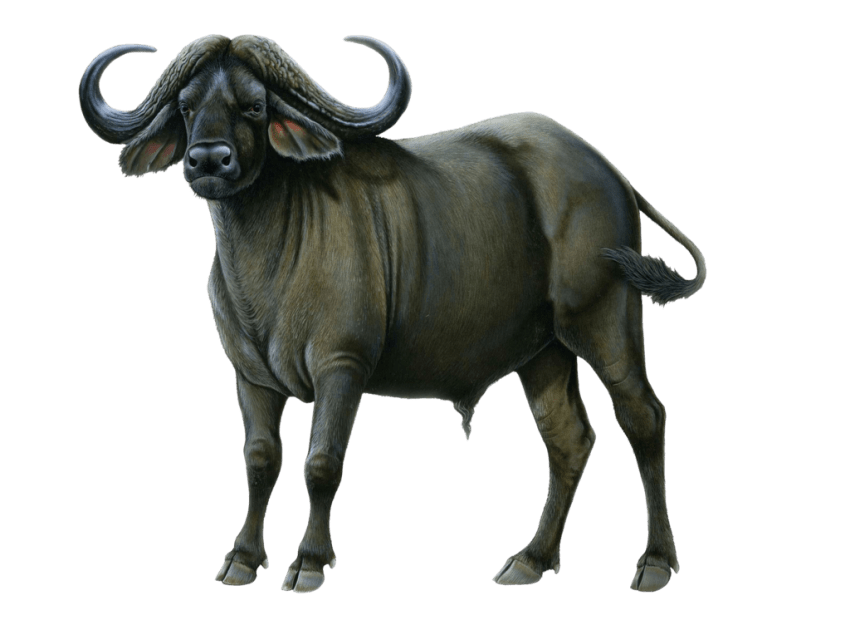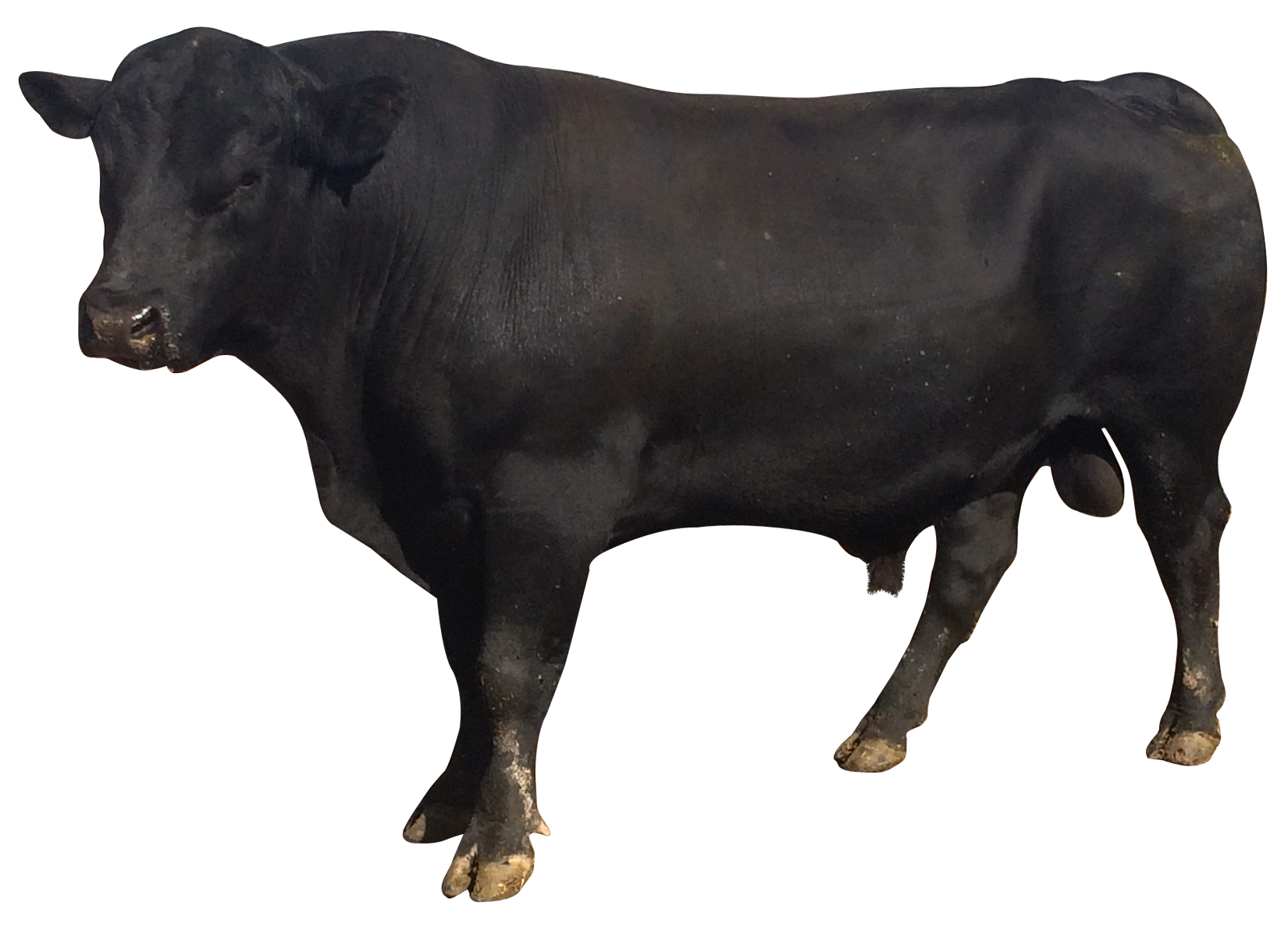Ox Animal: The Unsung Heroes Of Agriculture And Beyond
Ever wondered why oxen are considered the backbone of traditional farming? Well, buckle up because we’re diving deep into the world of ox animals. These majestic creatures aren’t just cattle; they’re powerhouses that have shaped human civilization for centuries. From plowing fields to hauling heavy loads, oxen have been instrumental in our agricultural history. So, let’s explore what makes these beasts so special and how they continue to play a vital role even today.
Ox animals might not get as much spotlight as other domesticated animals, but trust me, they deserve every bit of recognition. In this article, we’ll uncover everything you need to know about oxen, their characteristics, uses, and why they’re still relevant in modern times. Whether you’re a farmer, animal lover, or just curious about these gentle giants, you’re in for a treat.
So, let’s not waste any time and dive right into the fascinating world of oxen. Prepare to be amazed by their strength, intelligence, and the impact they’ve had on humanity. Ready? Let’s go!
Read also:Remoteiot Platform Ssh Raspberry Pi Download Your Ultimate Guide To Secure Remote Access
What Exactly is an Ox Animal?
An ox animal, also known as oxen when referring to more than one, is essentially a male bovine that has been castrated and trained for draft work. Unlike bulls, which are aggressive and difficult to handle, oxen are docile and easier to manage. This makes them perfect for tasks that require strength and endurance, such as plowing fields, hauling carts, and moving heavy loads.
Oxen are typically larger and stronger than cows and are specifically bred for their work ethic. They are known for their patience, intelligence, and ability to adapt to various environments. Whether it’s the hot and humid climate of South Asia or the cold and rugged terrain of Europe, oxen can thrive and perform their duties effectively.
Interestingly, the term "ox" is not limited to a specific breed of cattle. It’s a general term used to describe any castrated male bovine that is trained for work. So, depending on the region, you might find different breeds being used as oxen. For example, in India, the Zebu breed is commonly used, while in Europe, the Shorthorn breed is popular.
Why Are Ox Animals Important?
Let’s talk about the elephant—or should I say ox—in the room. Why are ox animals so important? Well, for starters, they’ve been the backbone of agriculture for thousands of years. Before the invention of machinery, farmers relied heavily on oxen to plow their fields and transport their goods. Without them, farming on a large scale would have been nearly impossible.
Their Role in Agriculture
Oxen are the ultimate farmhands. They can plow fields faster and more efficiently than humans ever could. Their strength allows them to break through tough soil, making it easier for crops to grow. Plus, they don’t require fuel or electricity, making them an eco-friendly alternative to modern machinery.
Read also:Gloria Gaither Health A Closer Look At Her Journey And Wellness
- Oxen can work long hours without getting tired.
- They require minimal maintenance compared to machines.
- They can adapt to different terrains, from muddy fields to rocky paths.
But their importance doesn’t stop there. Oxen also play a crucial role in transportation. In many rural areas, they are still used to haul carts loaded with goods, people, and even construction materials. This makes them indispensable in places where roads are poor or nonexistent.
Characteristics of Ox Animals
Now that we know how important ox animals are, let’s take a closer look at what makes them so special. From their physical attributes to their behavioral traits, there’s a lot to admire about these creatures.
Physical Characteristics
Oxen are built for work. They have strong, muscular bodies that allow them to pull heavy loads with ease. Their large hooves provide stability on uneven terrain, while their thick hides protect them from harsh weather conditions. Additionally, they have a calm demeanor, which makes them easy to train and handle.
- Weight: Depending on the breed, oxen can weigh anywhere from 1,000 to 3,000 pounds.
- Height: They stand tall, with some reaching up to 6 feet at the shoulder.
- Lifespan: Oxen can live for 15-20 years, providing years of service to their owners.
But it’s not just their physical strength that sets them apart. Oxen are also incredibly intelligent and have a strong work ethic. They can understand commands and perform tasks with precision, making them invaluable assets on the farm.
Training an Ox Animal
Training an ox animal is no small feat. It requires patience, consistency, and a good understanding of animal behavior. The process usually begins when the animal is still young, as it’s easier to shape their habits and behaviors at that stage.
Steps to Train an Ox
Here’s a quick guide on how to train an ox:
- Build a bond with the animal. Spend time with it, feed it, and let it get comfortable with your presence.
- Teach basic commands such as "stop," "go," and "turn." Use a consistent tone of voice and reward the animal when it follows instructions.
- Introduce the animal to harnesses and yokes. Allow it to get used to the equipment before using it for work.
- Start with light tasks and gradually increase the workload as the animal gains strength and confidence.
Remember, training an ox is a gradual process that requires time and effort. Rushing the process can lead to stress and frustration for both you and the animal. So, take it slow and let the ox learn at its own pace.
Uses of Ox Animals
Ox animals have a wide range of uses, both in agriculture and beyond. Here are some of the most common applications:
- Plowing Fields: Oxen are excellent at breaking up tough soil, making it easier for crops to grow.
- Hauling Carts: They can transport heavy loads over long distances, making them invaluable for transportation.
- Construction Work: In some regions, oxen are used to move construction materials and equipment.
- Tourism: Believe it or not, oxen are also used in tourism. In some countries, they pull carriages for sightseeing tours.
As you can see, oxen are versatile creatures that can adapt to various roles. Their strength, intelligence, and adaptability make them ideal for a wide range of tasks.
Advantages of Using Ox Animals
There are plenty of reasons why ox animals are preferred over other draft animals. Here are some of the top advantages:
- Cost-Effective: Oxen require minimal maintenance and don’t need fuel or electricity to operate.
- Eco-Friendly: They produce zero emissions, making them an environmentally friendly choice.
- Low Maintenance: Oxen are hardy animals that can survive on simple diets and require little care.
- Long Lifespan: With proper care, oxen can work for many years, providing long-term benefits to their owners.
These advantages make ox animals a smart investment for anyone looking for a reliable and sustainable work animal.
Challenges in Using Ox Animals
While ox animals have many benefits, they also come with their fair share of challenges. Here are some of the most common issues:
Health Concerns
Like any living creature, oxen are prone to diseases and injuries. Common health issues include foot rot, skin infections, and parasitic infestations. Regular veterinary check-ups and proper care can help prevent these problems.
Training Difficulties
Training an ox can be a long and challenging process. It requires patience, consistency, and a good understanding of animal behavior. Without proper training, oxen may become uncooperative or even dangerous.
Despite these challenges, the benefits of using ox animals far outweigh the drawbacks. With the right care and management, they can be invaluable assets to any farm or business.
Ox Animals in Modern Times
Although modern machinery has taken over many of the tasks traditionally performed by oxen, these animals are still relevant today. In fact, in many parts of the world, they remain the primary source of labor for farming and transportation.
Why Oxen Still Matter
Here are a few reasons why ox animals are still important in modern times:
- Environmental Concerns: With growing concerns about climate change, oxen offer a sustainable alternative to fossil-fuel-powered machinery.
- Economic Benefits: In developing countries, oxen provide affordable and reliable labor for small-scale farmers who can’t afford expensive equipment.
- Cultural Significance: In many cultures, oxen are considered sacred or symbolic animals, playing a vital role in traditions and rituals.
As we continue to face global challenges such as climate change and economic inequality, the role of ox animals becomes even more significant. They remind us of the importance of sustainability and the value of traditional practices.
Conclusion
Ox animals have been the unsung heroes of agriculture for centuries. Their strength, intelligence, and adaptability have made them indispensable in farming and transportation. Despite the rise of modern machinery, they continue to play a vital role in many parts of the world.
So, the next time you see an ox pulling a cart or plowing a field, take a moment to appreciate the hard work and dedication these animals bring to the table. And if you’re considering adding an ox to your farm or business, remember the benefits they offer and the challenges they come with.
Don’t forget to leave a comment below and share this article with your friends. Together, let’s celebrate the incredible ox animal and the impact it has on our world. Cheers!
Table of Contents
Article Recommendations


